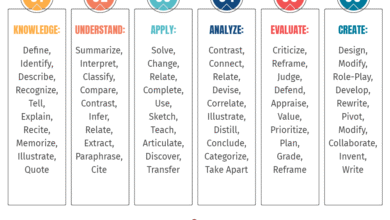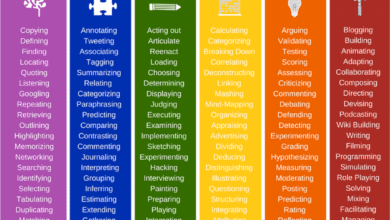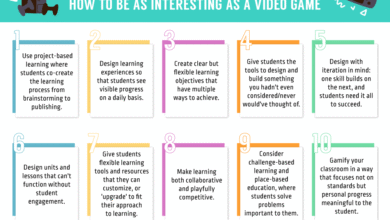Executive Function Explained – TeacherToolkit

Do your students forget everything you teach them?
Memory improvement relies on reducing cognitive overload and developing metacognitive awareness.
What is executive function?
Firstly, there is not a great deal of available research (currently 28 sources) which explicitly references “executive function”, “metacognition” and the “classroom.” I had no idea what it was when I was a teacher and school leader!
However, one piece of research caught my eye now that I do have a better understanding; the Effect of Working Memory on [Retrieval] Symptoms of Children with Learning [Needs] (Chen et al., 2017).
This research explores how executive function, working memory, and metacognition can help teachers improve learning retention in classrooms. I want to share this with you and explain the differences between metacognition and executive function. While these concepts are interconnected, their distinctions offer practical strategies.
Executive function vs. metacognition
Executive function is the brain’s control system, enabling students to focus, organise, and self-regulate. It includes working memory, which temporarily holds and processes information during tasks, and inhibitory control, which manages distractions and impulses. These skills are essential for managing daily learning demands.
Metacognition, on the other hand, involves thinking about one’s own thinking. This allows students to reflect on their strategies, evaluate their understanding, and adjust their learning approaches. While executive function helps manage learning tasks, metacognition empowers students to plan and improve how they learn.
Both processes overlap but serve different purposes. For example, executive function might help students focus on solving a maths problem, while metacognition prompts them to ask, “Is this the best method?”
| Aspect | Executive Function | Metacognition |
|---|---|---|
| Definition | The brain’s “control system” for managing attention, working memory, and behaviour to achieve goals. | The process of thinking about one’s own thinking, including awareness and self-regulation of learning strategies. |
| Purpose | Helps to manage cognitive tasks, stay focused, and regulate impulses. | Helps to evaluate and improve how one learns, solves problems, or remembers information. |
| Core Skills | – Working memory – Cognitive flexibility – Inhibitory control |
– Self-awareness – Reflection on learning – Adjusting strategies |
| Example in Learning | Focusing on solving a maths problem while ignoring distractions. | Realising a method isn’t working and deciding to try a different strategy. |
| Classroom Support | – Clear instructions – Chunking tasks – Reducing distractions |
– Teaching reflection skills – Prompting students to evaluate their work – Journals for tracking progress |
| Overlap | Both involve self-regulation and are essential for learning. Executive function helps manage tasks, while metacognition helps evaluate and refine how tasks are approached. | |
How to help students manage their learning
Students often forget because their working memory becomes overwhelmed. All the research I hav eread suggests that working memory can hold between 3-9 items at a time. This is the range I see often, and it all depends on who is processing the information, and what they are processing. When teachers provide too much information or unclear instructions, students’ executive function struggles to process and retain content.
Metacognitive skills are equally vital. Without the ability to reflect on learning, students may not realise what strategies work or where they need to improve. Developing these skills allows students to take ownership of their learning, which is critical for long-term success.
Supporting executive function and metacognition is especially important for students with Special Educational Needs and Disabilities (SEND).
1. Chunking: Avoid overloading working memory by breaking down complex instructions into manageable parts.
2. Use retrieval practice: Incorporate low-stakes quizzes and recall activities to strengthen long-term memory.
3. Teach reflection: Ask students to evaluate their learning. Ask “What worked well?” or “What could I do differently?”
4. Reduce distractions: Use visual aids, routines, and clear instructions to limit cognitive overload.
5. Scaffold metacognition: Provide worked examples for students to track their learning and evaluate progress.
The research concludes:
Deficits in learning could be mitigated by training working memory; it benefits children with learning needs.
Download the full paper to read more.
Related
Source link



